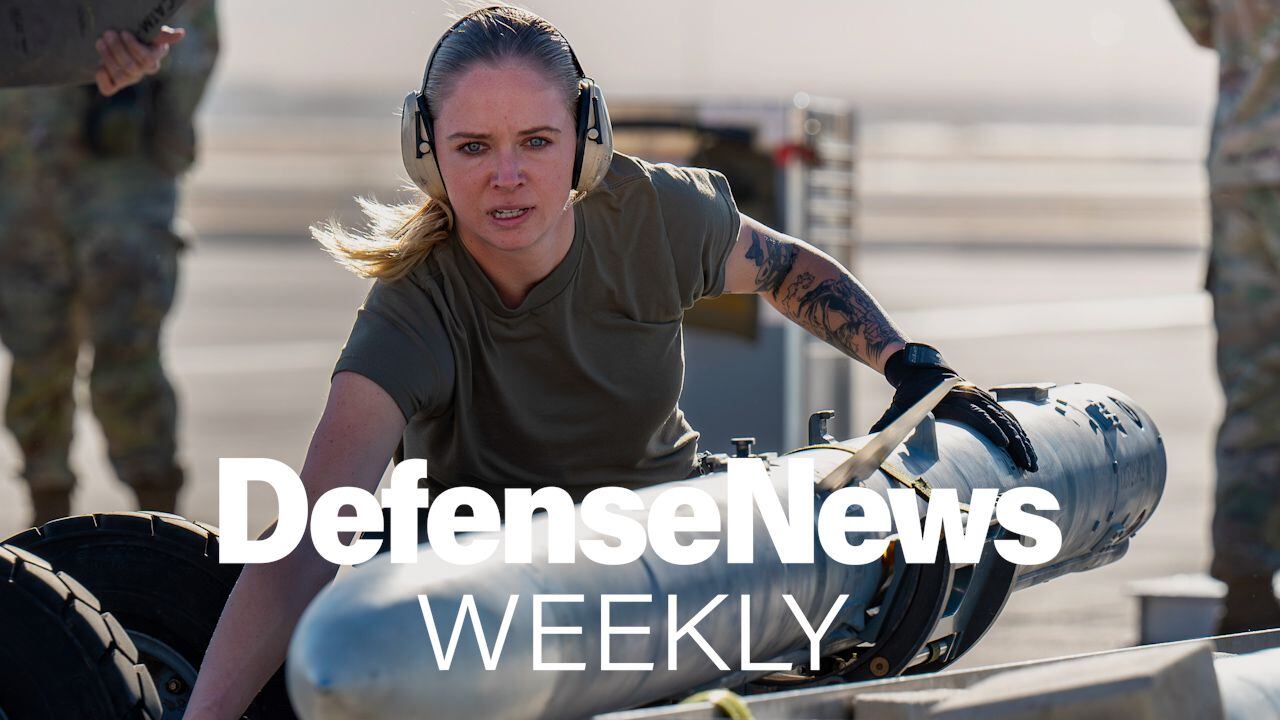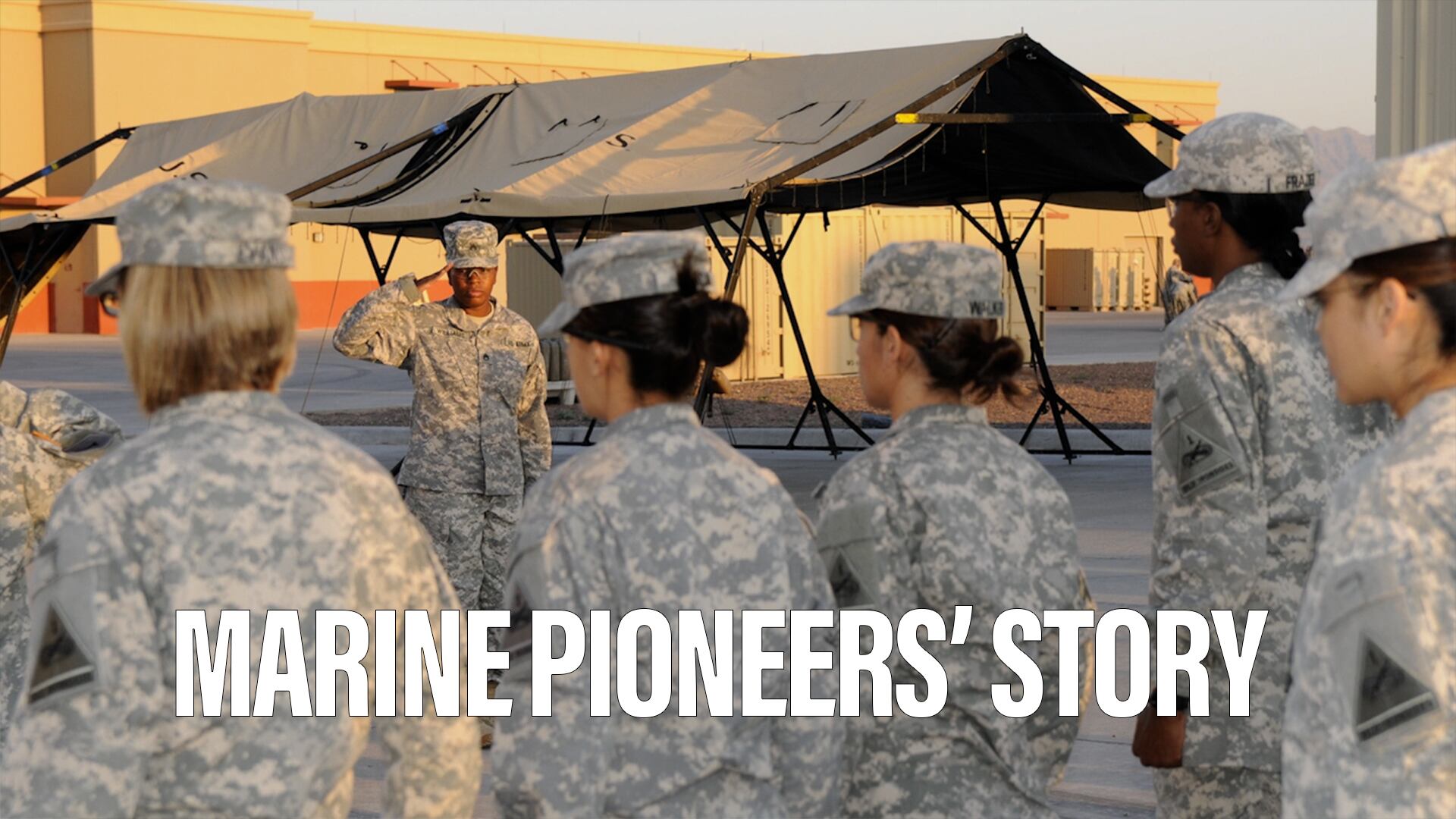In 2013, after years of political turmoil and crisis, Japan’s then-Prime Minister Shinzo Abe announced his country’s return to the world stage.
“Japan is back,” Abe said, speaking at a think tank in Washington.
In the ensuing decade, the country has been following through on that pledge. They’re on track to double defense spending by 2027, buying missiles capable of firing into enemy territory and giving more freedom to its long-restrained Self Defense Forces.
Those efforts will reach another milestone, with the U.S. announcing a plan to revamp its command in Japan to a new three-star billet, moving from a leader that mostly supervised forces to one that can plan large operations with the Japanese military.
America’s secretaries of state and defense traveled to Tokyo for meetings with their Japanese counterparts Sunday, where they announced new commitments to build and repair weapons together, securely share intelligence and to expand their posture in Japan’s southwest islands, which sit near Taiwan.
Almost as important was an earlier that day. For the first time in 15 years, a South Korean minister of defense was in Tokyo and to meet with Japanese and U.S. defense officials. This was also the first time this trilateral summit would take place in either Japan or South Korea, who until recently were in a years-long spat over the legacy of Japan’s colonial rule.
“We’re cooperating in ways that many experts would never have anticipated a decade ago, even five years ago,” a senior U.S. defense official told reporters ahead of the trip.
And yet, despite Japan’s rapid redirect, it still faces barriers. For one, the Self Defense Forces still face more limitations than most militaries due to the country’s pacifist constitution. And while the relationship with Korea has improved, that progress may not be permanent, especially considering the leaders who led it may not stay in office.
“It all comes down to sustainability,” said Ryo Hinata-Yamaguchi, an expert on Japanese defense issues at the Atlantic Council.
Restructuring
The new U.S. command dates back to an April visit by Japanese Prime Minister Kishida Fumio to Washington, where he agreed to deepen security ties.
There, he pledged to create a new command structure for Japan’s military, which has long struggled to operate jointly, or with service branches all working together.
That decision, along with some of Japan’s other recent changes, such as buying long-range missiles, started to make the old model for the American and Japanese militaries working together obsolete. The longstanding image of how they operated has been the “shield” and the “spear,” where Japan’s forces protect the homeland and America’s can push forward.
Now, Japan’s military will soon be able to do both, which means the U.S. needs a new structure of its own to coordinate larger-scale operations, like a band’s drummer might want a new set if the guitarist buys a new six-string.
This restructuring of U.S. Forces Japan will replace the existing model, which does more administrative work and had to wait for orders from Indo-Pacific Command, 3,500 miles away in Hawaii, if a crisis broke out. The intent is to give more authority to a three-star U.S. officer in Japan, who can help the two militaries equip, plan, drill and operate more closely together.
“They are going to maintain that current role, which is one of the reasons why the scale of [U.S. Forces Japan] is likely to grow over time” from its current size of around 50,000 personnel, the official said.
That said, many details still aren’t certain, including how much the new structure will cost and how many people it will need. The Pentagon has started briefing lawmakers on the plans, the defense official said, but those conversations are early.
“We will need support from Capitol Hill to make this happen,” the official said, predicting that many of the remaining questions about the role will be answered by the fall.
‘To the end’
The official also stressed that this new arrangement will be different than that of South Korea, where during a conflict America has charge of both militaries and the forces are led by a four-star general. The three-star U.S. billet planned for Japan may also disappoint some in Tokyo who had hoped for a higher rank.
“They want a four-star,” said Jeff Hornung, an expert on Japanese security at the RAND Corporation. “They want something like [U.S. Forces Korea] but I don’t see that happening.”
At a press conference after the day’s meetings, U.S. Secretary of Defense Lloyd Austin said that Washington hadn’t “ruled out” a four-star billet for the post.
Speaking together, the two country’s top diplomatic and defense officials alternated between optimism and gloom. On one side, they repeated that U.S.-Japan ties have never been stronger. On the other, the threats they are responding to — from Russia, China and North Korea — are “increasingly severe.”
The meetings and subsequent announcements corresponded to that mood. The two countries pledged to better share classified information — long a problem in Japan, where intelligence standards are looser — and to build more weapons together. Top of the list are missiles for the Patriot air defense system, which are scarce because of how many have been needed to defend Ukraine.
Austin wouldn’t say how many of these interceptors they would build or how long it would take.
Earlier in the day the defense officials beamed while joining their South Korean counterpart to sign an agreement that made their summits more formal. That it occurred on Japanese soil was a sign of how far and how quickly their relationship has improved. The three agreed to meet again next year, this time in South Korea.
Lastly, the U.S. and Japan met to discuss extended deterrence — or Washington’s commitment to protect Tokyo, including with nuclear weapons, if attacked. For the first time, this topic was be on the agenda for each country’s top diplomatic and defense officials, all concerned about China and North Korea’s nuclear buildups.
“Making that happen this time is by itself the biggest thing to come from this summit,” said Masafumi Ishii, a former Japanese diplomat.
Ishii added that the summit itself is a form of stability in an otherwise turbulent season. U.S. President Joe Biden, who helped bring Japan and South Korea together after years of feuding, is no longer running for reelection. Kishida too is unpopular at home and may not survive the year as leader of his party.
“This is to show the audience that we are ready to follow up on what we started to the end,” Ishii said.
This story has been updated with comments from a press conference.
Noah Robertson is the Pentagon reporter at Defense News. He previously covered national security for the Christian Science Monitor. He holds a bachelor’s degree in English and government from the College of William & Mary in his hometown of Williamsburg, Virginia.








